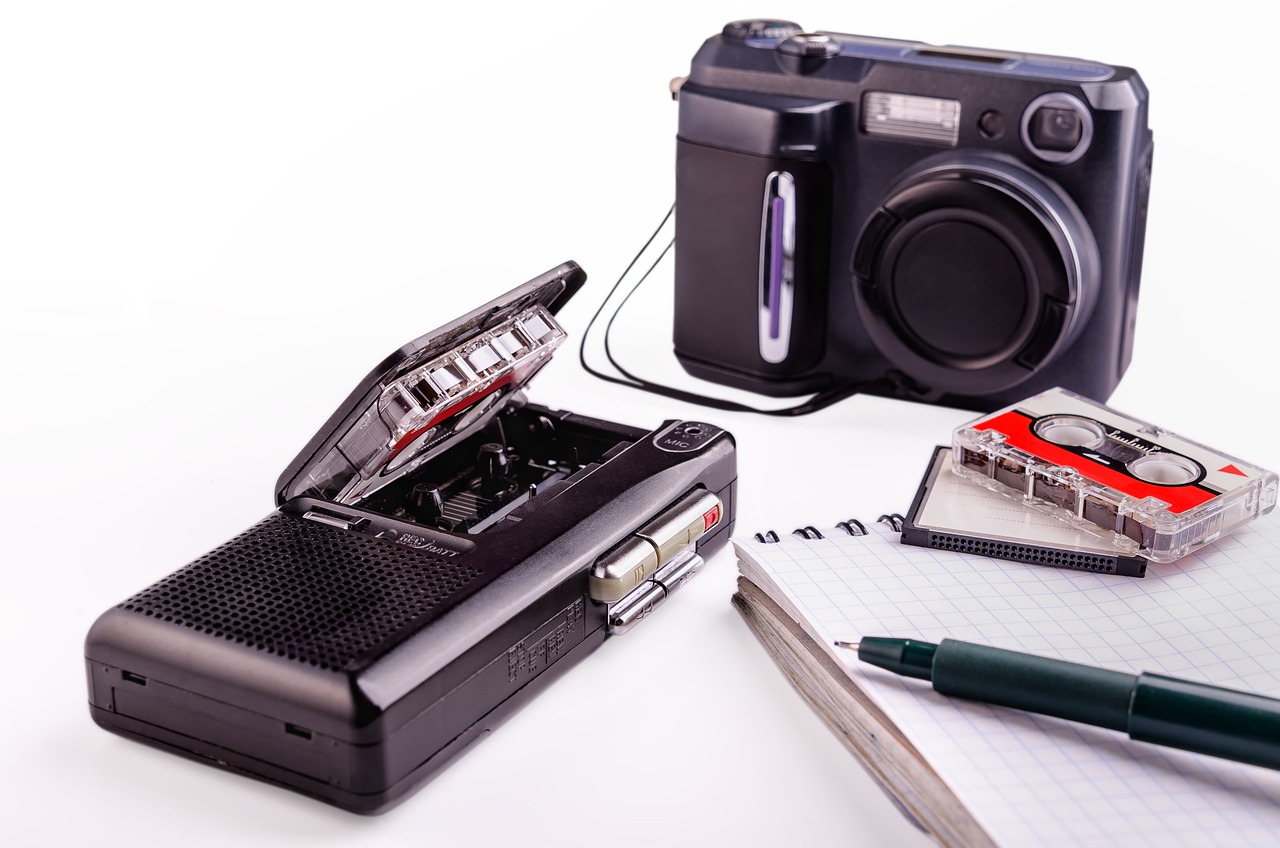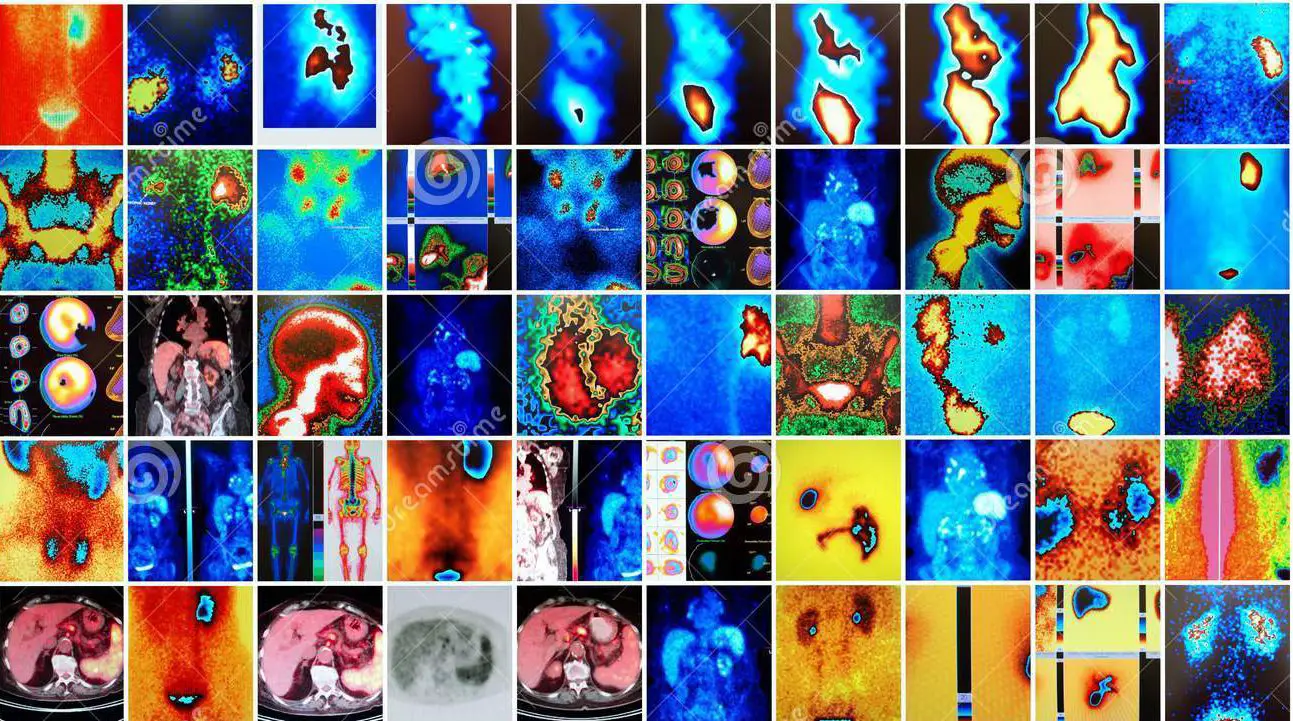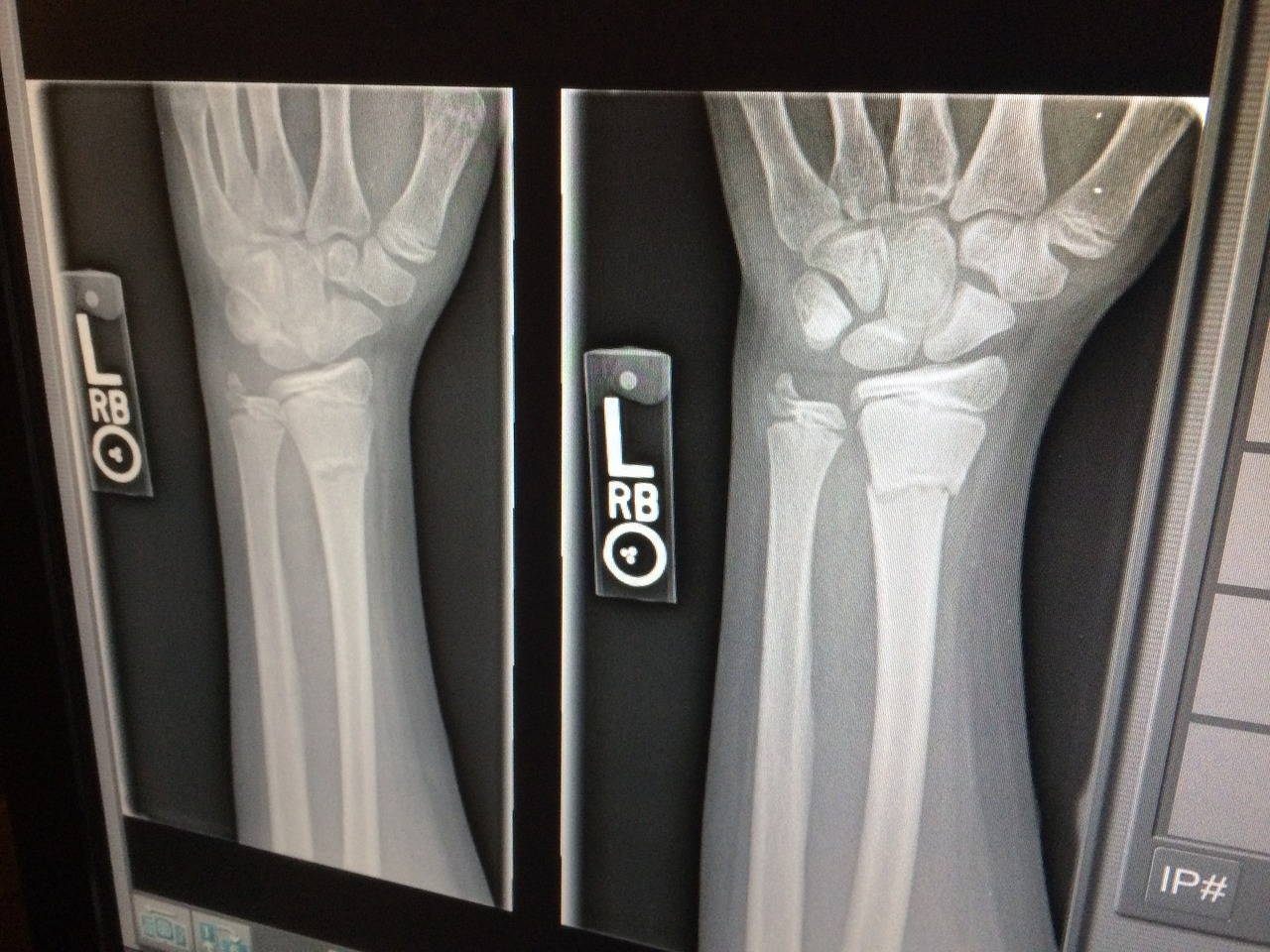
Dictating is a rarely touched upon but vital tool in radiology. Over a radiologist’s 30-year career, they may dictate over 360,000 reports (assuming 12,000 cases per year for 30 years). In today’s world, the dictation usually spurs clinicians to act on their patients. In my experience, out of 100 cases, clinicians only act on a couple of them using other forms of communication such as conversations with a radiologist or interdisciplinary conferences. Moreover, just like a manufacturing company that creates automobiles, dictations form the end product of the radiologist’s service. We leave over only the dictation in the medical record after we are gone.
Learning dictating indeed has a “steep learning curve,” meaning that residents rapidly incorporate dictation techniques. And, they acquire a lot after the initial year of training. But it takes years and years of experience for a radiologist to fine-tune their dictations to the point of maximum utility for their readers.
Resident Versus Seasoned Dictating
So, how do a radiology resident/newly minted radiologist and seasoned radiology attendings’ dictating differ? Well, certainly every rule has its exception. But for the most part, when you look at a resident or new radiologist’s dictations, you see a more verbose conclusion and a comments section that contains more irrelevant findings. And that perfectly makes sense. Why? Because it takes time for new radiologists to get a sense of what is truly important for the clinician. Most seasoned radiologists already know this information innately from years of practice.
Residents Need More Formalized Guidelines To Learn Dictating
To top things off, many radiologists assume that their residents will know how to dictate appropriately after a short period. And, many believe that a radiology resident just learns to dictate by osmosis. But, in reality, if you want a resident to know the right way to dictate, we need to provide as much guidance as possible. So, that is my goal in this post. To do so, first, I am going to discuss a little about templates for dictating. Then, I will give you some guidelines for each part of the dictation: the history, the technique section, comparisons, comments, and the impression. And finally, I will talk about the use of structured and prose dictations.
Templates:
When I was a resident just starting, I remember we had a booklet of templates for all sorts of commonly used dictation types for residents. We would carry around this book during our first days of dictating. And then, we would dictate the information on tape recorders to the secretaries upstairs. Today most institutions use dictation/voice recognition software, but the template concept is similar. It is easier than ever to gather templates from other radiologists for dictation when you are starting.
In the beginning, numerous template choices can complicate how to decide on using a template for a dictation. So, I would recommend finding the best template for a given type of study. Then, stick to this one type of template when you are starting. Sure, some radiology attendings will insist you use their templates for a given report. That is fine. You should certainly abide by your attending’s wishes because, in the end, it is your faculty’s report. Overall, just try to be consistent. The more you use a given template, the more likely you will remember all the items you need to include in a dictation.
Even as a seasoned attending, templates are still handy. Why? They save time. In addition, you can use them as a checklist to make sure you have looked at all the different organs and physiological systems within a study. (As I often do!)
Important Pitfall
However, you will encounter a few pitfalls with templates. So, you need to be wary. The biggest problem: you may forget to take out the pertinent findings embedded in the template. I’ve seen many reports with the following statement in the comments section: The kidneys are normal because it is the embedded information in the template. However, when you see the beginning of the comments section and the impression, the dictation says there is a cystic mass in the kidney. These inconsistencies confound the clinician, leading to phone calls and medically ambiguous outcomes and lawsuits. So always make sure to check your work twice before the dictation is signed off/completed.
Histories/Priors:
Over time, requirements for histories have drastically changed. When I first began my radiology residency, attendings expected a history to be a one or two-word blurb about the patient’s condition. Now, with all the new regulations, accreditation bodies, and ICD-10 codes, the histories need to be comprehensive. Our billing managers recommend putting as much relevant data as possible in the history to ensure that the study is fully reimbursed.
One example: When I first started, the attendings frowned upon putting the patient’s age in the dictation history. Now, suppose I don’t add the patient’s age in my cardiac nuclear medicine dictations. In that case, the hospital cannot send the report to the accreditation body for our hospital nuclear medicine department to continue with cardiac nuclear medicine accreditation. So, try to put in as much relevant/appropriate data as possible in the history. In addition, more history can also sometimes help the clinician formulate a proper conclusion to the clinical question.
Finally, make sure to put relevant information from prior studies in this section. Often, instead, residents will add this information to the body of the report. The body of the report should not contain the history. Why? Because the clinician can confound the timing of the findings in your dictation, potentially changing management. Remember, you can refer to the history from the body, but the history does not belong in the body of the report.
Technique:
I consider the technique section the stepchild of the dictated report. The clinician and radiologist often ignore this section. But on occasion, it comes in very handy. Moreover, as a radiology resident, you should report it accurately. Why? For instance, you may say there is a 5 mm axial slice thickness on CT scan. Suppose you didn’t see a pulmonary nodule on that study, and the subsequent study has a slice thickness of 2 mm. In that case, the pulmonary nodule may have been on the prior study but not visualized because of the differences in technique. And, if you do not state the method accurately in the dication, it can confuse the clinician and the radiologist. So, do not ignore this section.
Also, don’t assume that the template technique is always correct. Many times residents and attendings alike will create a fantastic dictation. Then, I look back at the technique section. It is wrong. Of course, the resident did not change the standard technique template format. This dictating error happens more often than physicians realize. Make sure to pay attention!
Comparisons:
The site of placement of the comparison section varies from radiologist to radiologist. I will state comparison is made to the previous study dated blank at the beginning of the comments section. Others will make this into a distinct section. Regardless, it makes your comments and impression much easier to understand. The reader always knows which study you are referring to for comparison when you state something is worse, better, or improved.
Comments:
If you want to “go to town,” I recommend doing it in the comments section. Here you should place all the pertinent negatives and positives. Be detailed and specific, especially as a radiology resident. Describe the findings well. Make sure to put in locations, size, morphology, density, and so on. And, if you see an essential finding, make sure to put the slice number in the dictation. Over the years, I have found it much easier for the attending radiologist to pick out the abnormality you are reporting, especially when the finding is subtle.
One issue confounds the novice: should you put the differential in the comments section or only in the impression section? I recommend stating the relevant findings in the comments section and then giving the expanded differential in the comments section based on the relevant findings. You can also say the reasons why you think your final diagnosis is what it is. You can hone and tighten that information in the impression section later.
Again, I can’t repeat enough, be careful with using templates. As mentioned above, we often see inconsistencies in the report because standard template statements remain in the dictation. Make sure to erase the pre-populated statements in the comments section if you state a finding that differs from the standard normal template. Be very careful. Remember the report is a legal document. The attorneys can use it against you in a court of law!!!
Impressions:
The impression becomes the standard-bearer and the central representation of the quality of the report. To accomplish that, it should contain the information that most pertains to the clinical question. For instance, if the symptom says lymphadenopathy/possible sarcoidosis, you should place the relevant answer concisely in this section. Always think of the impression as the answer to the study; if you do that, your impressions will become relevant and valuable to the clinician readers.
In addition, clinicians will almost always read the impression. (If not, they should work in another field!) Many of them skip over the remainder of the report. So, I would like to say that the impression exists for the clinician. The rest of the report is for the radiologist. So, make sure to spend the most time on this section. Check this part repeatedly to make sure what you are dictating makes sense and you state it with brevity and relevance. Also, make sure to put your conclusions in this section of the dictation. And, don’t forget to put here anything else that you think the physician will need to know, such as management or follow-up.
Beware Of Technical Jargon
Don’t use technical jargon in this part of the report. What annoys radiologists the most? You got it… Getting phone calls for unimportant questions about technical terms within your dictation. It wastes lots of time and energy. I can assure you if you put terms in your report in this section that a clinician does not understand, you will get way too many silly phone calls!!!
Stick To The Answers
Finally, the impression should contain the most relevant conclusions in your dictation. So, for instance, if you describe the following in your comments section: Within the liver, there is a hypervascular well-circumscribed mass in segment VI measuring 2.5 x 3.0 cm on image #51 with some peripheral nodular enhancement. Delayed imaging does not show typical centripetal filling. The differential includes most likely atypical hemangioma. Other etiologies such as a hepatic adenoma or hypervascular metastatic lesion are within the differential diagnosis but are less likely. MRI is recommended for further characterization. Then the impression can say something like Hypervascular segment VI hepatic mass. Consider most likely hepatic hemangioma. Correlate with abdominal MRI for further characterization.
If you notice in the last paragraph, I have placed the most likely conclusion and the recommendation for further study in the impression section. You can leave the other information in the body of the report for further reading if necessary. This way, the clinician knows what you are thinking. Additionally, you have guided her on what to do next without the excess verbiage to potentially confuse the clinician.
What terms are most frowned upon in the impression?
Avoid the usage of cannot be excluded. This statement does not help the physician. Moreover, it does not provide any additional information to the reader. The sun can swallow the earth in the next hour. This event cannot be excluded!!!! If you enjoy angering your colleagues, this statement will work the best. Many clinicians will need to order additional unnecessary tests since she has to work up an improbable possibility.
But, I do like to give one exception to this rule (as always!) In a positive pregnancy test and a negative pelvic ultrasound setting, I will say ectopic pregnancy cannot be excluded because I always want the clinician to follow the patient for ectopic pregnancy with blood work/B-HCG levels regardless of the findings in my dictation. Otherwise, make sure not to use this phrase in the dictation.
Also, do not use the statement clinical correlation is recommended. We, as radiologists, need to correlate the radiological findings with the clinical findings. Clinicians consider this phrase to be a lazy, unhelpful statement almost all the time. Don’t make the radiologist look bad!!!
In addition, you will discover other terms that may irk some radiologists. Others may not care as much. I remember one attending who hated the phrase lung zone and the word infiltrates on a chest film. To this day, I do not use these phrases in my dictation because I do not think they are specific. However, I often come across these phrases in other radiologists’ reports. So, you still need to abide by the quirks and specificities of individual radiology attendings. In the end, it is their name at the end of the report!!!
Structured Reporting Dictating Versus Prose Dictating
Structured reporting itemizes the different findings in list form. Most structured reports are organ-based. And typically, you will create the report as a fill-in-the-blank or menu choice of items the radiologist needs to pick. Using structured reporting vs. prose dictation styles has become an area of controversy. Newly minted radiologists will more often apply the rules of structured reporting dictations, and seasoned radiologists tend to use a more flexible prose style. But, you will find a significant cross-pollination of both techniques at all points in the career of radiologists.
I found a great article from Radiology called Structured Reporting: Patient Care Enhancement or Productivity Nightmare. (1) In fact, I highly recommend you go to this URL if you are interested in learning the advantages and disadvantages of each style of dictation. However, I will summarize by saying that the key to a thorough and understandable dictation, regardless of the style, is to remember to create your mental checklist and stick to the same program each time you do a dictation. You may adopt either style, as both can be appropriate. Some departments, however, may have standardized dictations and may require the use of either of these styles. So, you need to abide by the rules of your department!
Dictating Tips: A Final Conclusion
You will learn the basic mechanics of dictation rapidly. However, learning to dictate concise, relevant, and valuable reports for the clinician takes four years of residency and beyond to hone your skills. I hope the guidelines above make your transition to a more professional dictation style a bit quicker and easier!



































